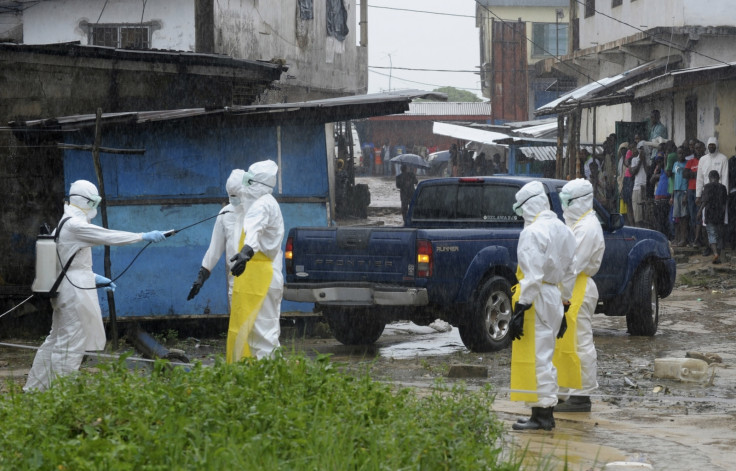Ugandan girl, 9, dies from eye-bleeding disease that could be 'more dangerous than Black Death'
CCHF outbreaks have a case fatality rate of up to 40%, the World Health Organisation(WHO) says.

A nine-year-old girl has become the fourth person from east Africa to die from a rare suspected eye-bleeding disease in recent weeks.
Health officials say that the girl, from the central district of Nakaseke, tested positive for the Crimean-Congo Hemorrhagic Fever (CCHF) which causes severe viral haemorrhagic fever outbreaks.
The disease kills 40% of the people infected and three people are believed to have died from CCHF in neighbouring South Sudan in recent weeks.
With the prospect of the disease already spreading thousands of miles, there are fears it could be more deadly than the Black Death that killed around 50 million people in Europe in the Middle Ages.
Uganda health minster Sarah Opendi confirmed emergency response teams are now being deployed to the districts of Nakaseke and Luweero after the girl died in Kiwoko Hospital.
"Results from Uganda Virus Research Institute tested positive for the Crimean-Congo Hemorrhagic Fever and negative for other viral Hemorrhagic Fevers like Ebola, Marburg, Rift Valley Fever and Sosua," Opendi said according to the Daily Star.
Symptoms of the viral hemorrhagic fever (VHF) include bleeding from orifices including their eyes, anus and mouths, headaches, vomiting, diarrhoea and muscle pain.
CCHF is spread to humans via tick bites or contact with raw meat and infected animal blood. There is no vaccine available for either people or animals.
The World Health Organisation (WHO) say that a CCHF outbreak could "constitute a threat to public health services because of its epidemic potential".
"The outbreak of a suspected viral haemorrhagic fever in South Sudan could rapidly evolve, and critical information including laboratory confirmation of the etiology of disease is needed to direct response efforts," they wrote in report before the latest deaths.
"Strengthened surveillance in affected human and animal populations is needed to facilitate rapid detection of human and animal cases and response.
"Strengthened capacity to clinically manage any new cases is also needed in the affected area."
The Black Death killed an estimated 75 and 200 million people across Asia and Europe between 1346 and 1353, believed to have been spread by rats and travel along the Silk Road.




















